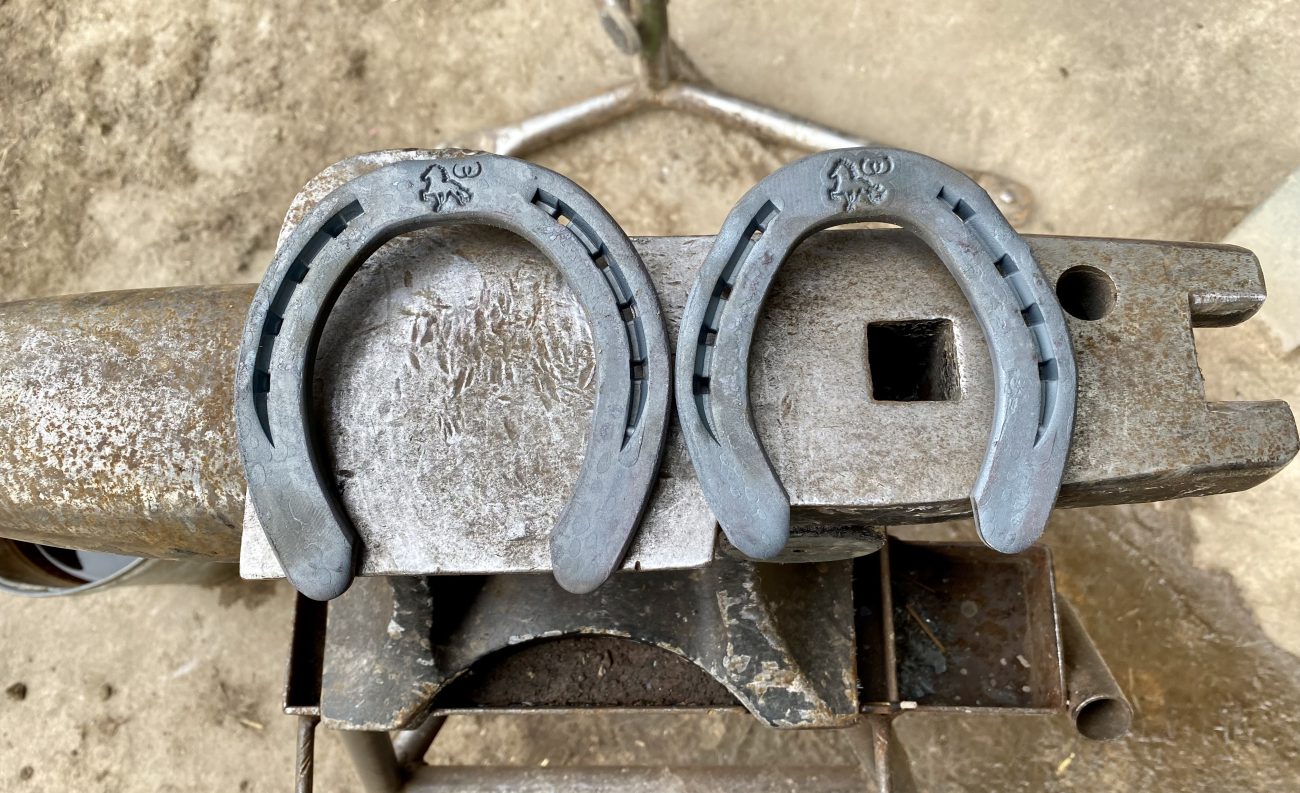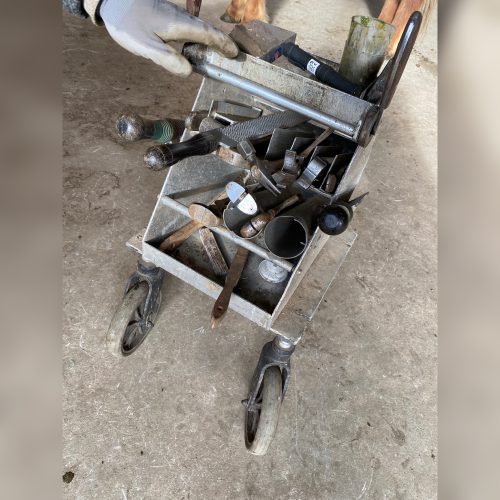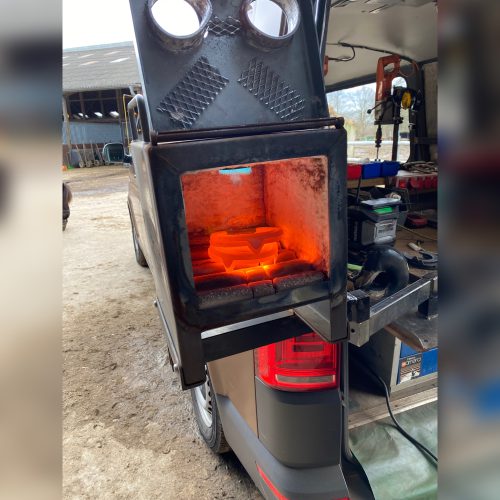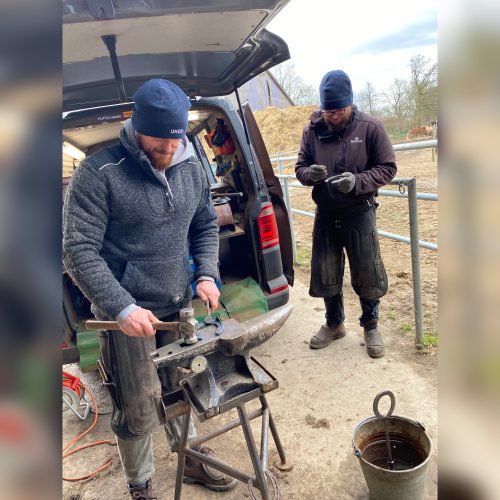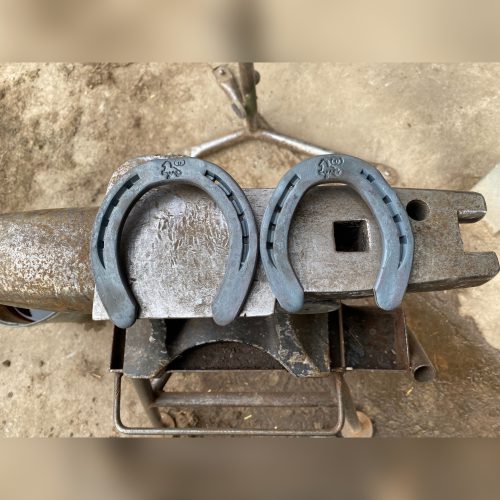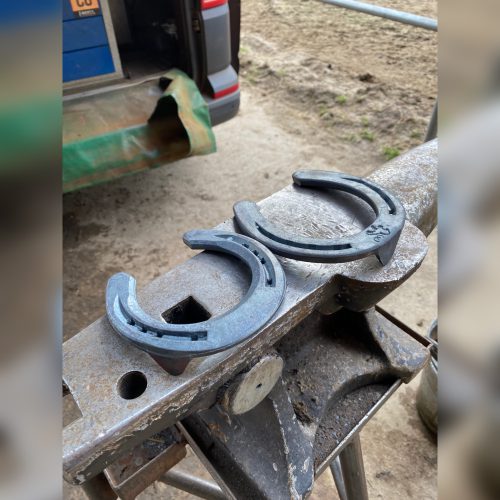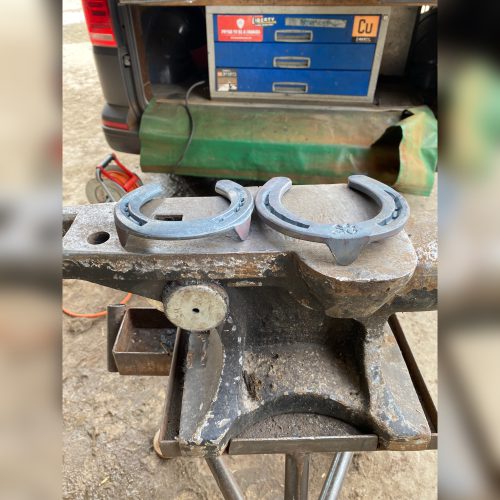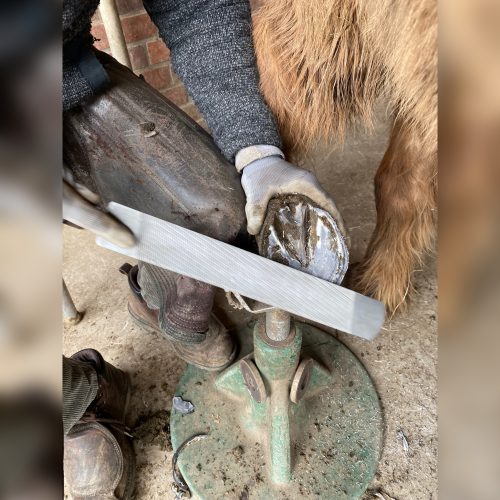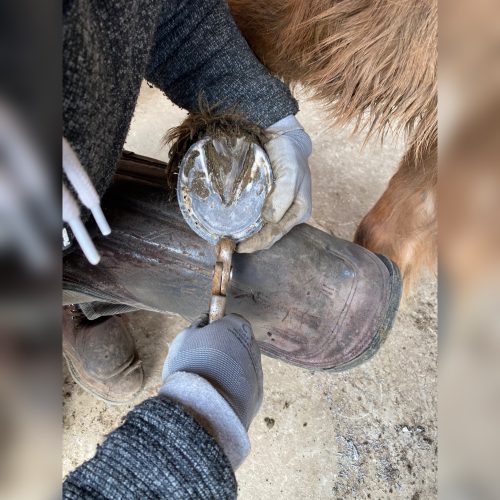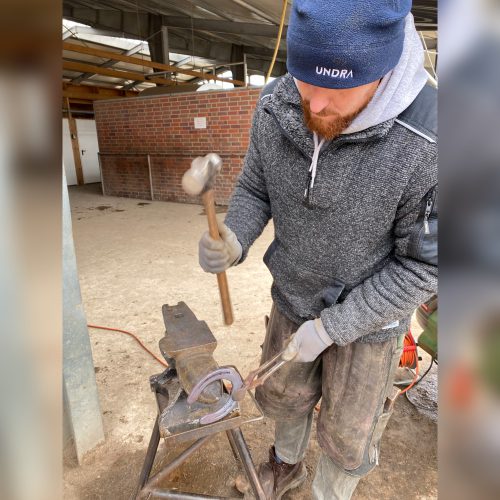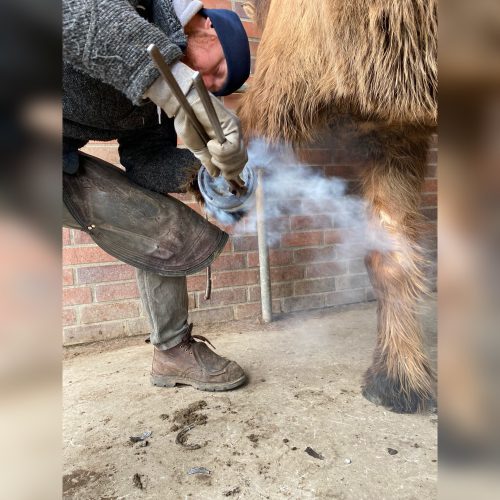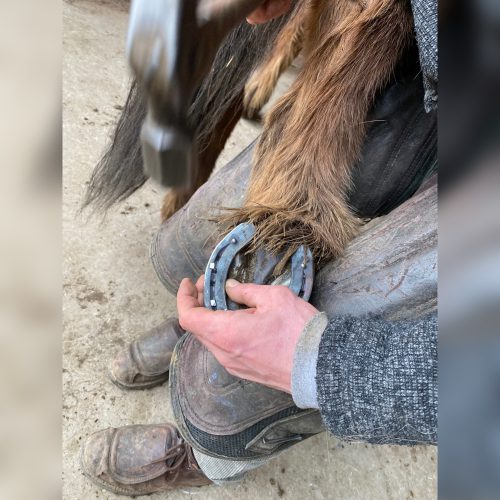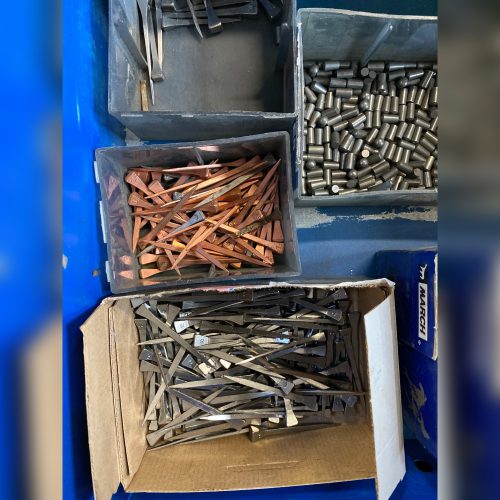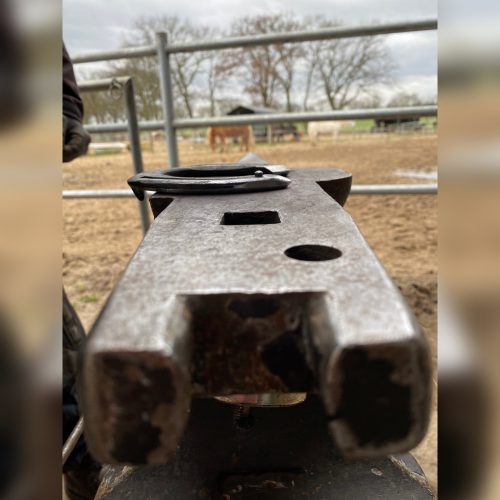Basics in horse shoeing
Interview with Kalle Tudyka, state-approved farrier and specialist in orthopedic shoeing.
UNDRA: Hello Kalle, thank you for giving us insights into the basics of horse shoeing! We have some questions for you and look forward to your answers.
Let’s start from the beginning: What types of horse shoeing are there?
Kalle: There are 3 basic types of shoeing:
- Steel shoeing,
- Aluminum shoeing and
- Plastic shoeing.
UNDRA: When are horses shoed? And when not? Does it make sense for every horse?
Kalle: Basically, the use of the horse decides on the shoeing. A horse that is used for sports or ridden on rough, hard trails usually needs shoeing because of the likelihood of excessive wear on the hooves.
In addition, the anatomical construction of the hooves decides whether the horse can do well barefoot or whether it needs hoof protection. For example, horses with a thin hoof sole or very soft hoof material usually need hoof protection. The horse owner and farrier then decide individually whether this protection will be a shoe or something similar.
In contrast, horses that either have hooves so good that they do not need hoof protection or have such poor hoof condition that nailing a shoe does more harm than good do not need shoeing. For the latter, it is advisable to use alternatives such as hoof shoes or glued systems.
UNDRA: How often are horses shoed on average?
Kalle: On average, the horseshoe is renewed every 6-8 weeks. In the case of barefoot, a new cut is made in a similar rhythm.
UNDRA: What is the difference between front and hind shoes?
Kalle: There are many different types of horseshoes that differ in material and system.
Basically, there is the regular front shoe with one front lift or with two side lifts, as well as the hind shoe with two side lifts.
The single-toe-lift shoe works well for steep, regular hooves that tend to maintain a good, positive hoof angle as they grow, while the two-side-lift works better for a flat front hoof that tends to lengthen in the front and thus flattens out during the shoeing period.
Process of shoeing:
UNDRA: What is the typical process during a new shoeing?
Kalle: You start with showing the horse in trot (or tölt) to analyze the way of movement. Here, individual peculiarities of the horse can be recognized and taken care of with the shoeing.
For example, you can see whether the horse is flat on the ground, whether there is an imperfect rhythm, or whether there is a risk of being brushed or grabbed.
After the movement analysis, the old horseshoes are removed, and the hooves are shortened and trimmed.
The new horseshoes are heated, adjusted, and nailed on. Then, the ends of the nails are riveted and as a last step, the horse is watched in trot or tölt again, to check on the shoeing and to see whether the shoeing goals have been achieved.
UNDRA: How much time does a shoeing take on average?
Kalle: On average, it takes around 1.5 hours.
UNDRA: What material/equipment should a farrier always have handy?
Kalle: A well-equipped van! Everything is in there 😉
UNDRA: Thank you for these basics! We will for sure do another interview and look forward to learning more!
An exciting question at the end: What is the best shoeing in your opinion?
Kalle: The best shoeing for me is actually no horse shoes. Because the best thing for the horse is to go barefoot.
The second best shoe for me is a well-functioning orthopedic shoe such as a laminitis shoe, because you can see how well you can help the horse, enable pain-free walking and accelerate healing.
UNDRA: Thank you!
Kalle’s Instagram
A land of fire and ice, with more sheep than inhabitants, characterized by a unique nature! This is just a brief description of such a diverse country. While a volcano may erupt on one side of the country, you can hike a glacier, admire the Northern Lights, or take a bath in a hot spring on the other side of the country - at the same time.
This not only speaks for diversity, but also for spontaneity, which is also reflected in the changeable weather in Iceland. A popular Icelandic saying is "If you do not like the current weather, just wait for five minutes".
In contrast to this inconsistency, one thing is constant and that is the enthusiasm for Icelandic horses! The Vikings brought horses to the island in the 9th century.
To find out more about Iceland, you can find travelogues, reports, or interesting facts here in the UNDRA Journal!
